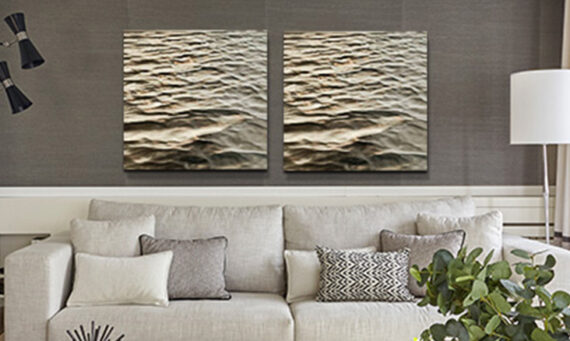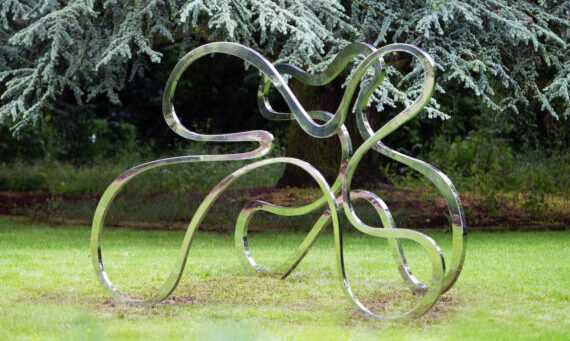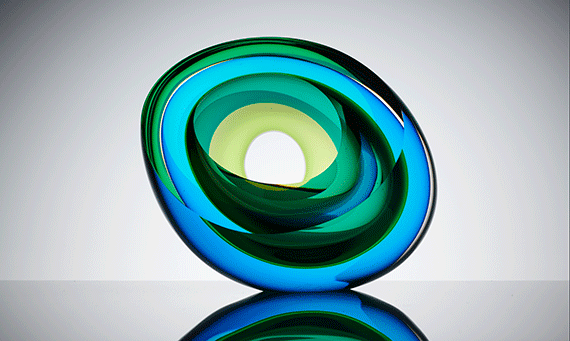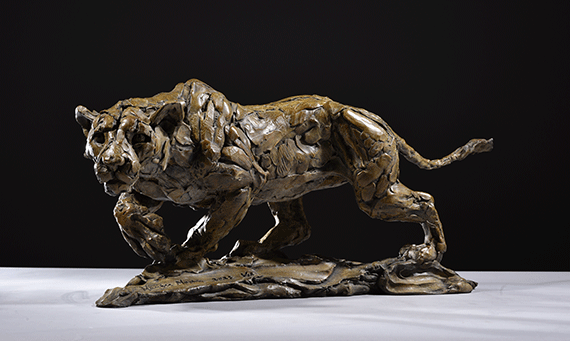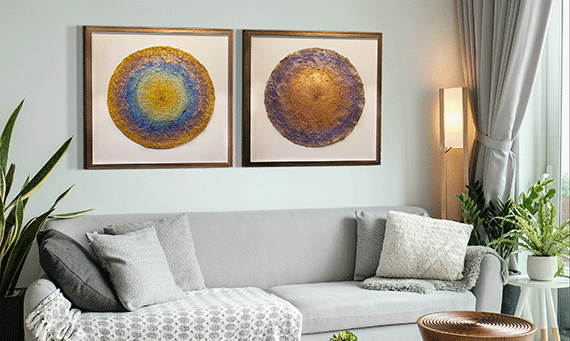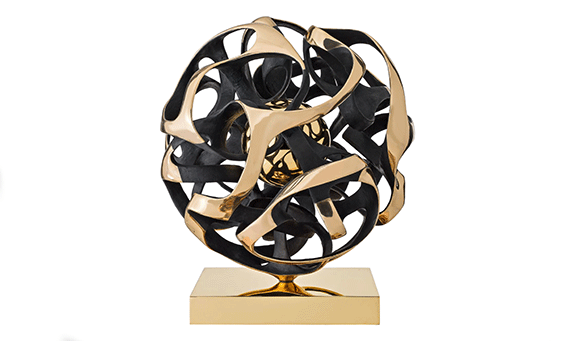Sculpture Art
Sculpture, one of the oldest art forms, transcends the two-dimensional confines of painting by bringing form, texture, and space into play. This tactile art form engages viewers physically and emotionally, transforming raw materials—stone, metal, glass—into works that occupy and interact with the space around them.
Ancient civilizations like the Egyptians and Greeks were pioneers in this genre, creating monumental statues and reliefs that told stories of gods, heroes, and humanity's place in the world. The Renaissance ushered in a new era for sculpture, with masters like Michelangelo producing works such as David and Pietà, which celebrated the beauty of the human form and pushed the limits of what was possible in marble.
Contemporary sculptors continue to push boundaries, experimenting with new materials and forms. Tim Rawlinson, for example, works with glass to create dynamic, light-filled pieces that play with transparency and colour, while Gianfranco Meggiato’s intricate bronze sculptures explore the tension between void and solid, often evoking themes of spiritual interconnectedness. Hamish Mackie’s bronzes, meanwhile, capture the raw, untamed beauty of wildlife in motion.
Sculpture engages the viewer in a physical dialogue, inviting them to walk around, touch, and experience the piece from different angles. It is an art form that, perhaps more than any other, demands to be experienced in person, offering an immersive, multi-sensory interaction between the viewer, the artwork, and the space it inhabits.

